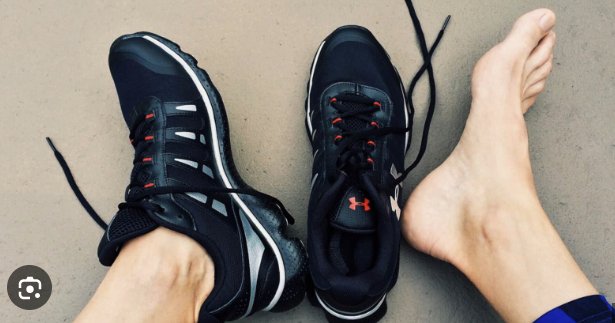The Importance of Proper Shoe Fitting

Proper shoe fitting is essential for maintaining healthy feet and preventing foot problems. Wearing shoes that fit well can help to reduce friction and pressure on the skin, and prevent issues such as blisters, calluses, and corns. In addition, properly fitting shoes can help to improve balance and reduce the risk of falls and injuries (FootCare MD).
When it comes to finding the right shoe, it is important to consider the shape of your foot. Everyone's feet are unique and different, and it is important to find shoes that fit the shape of your feet. There are three basic foot types: high arches, flat feet, and normal arches. High-arched feet require more support and cushioning, while flat feet need more arch support. If you are not sure what type of foot you have, you can consult a podiatrist or a shoe specialist.
When trying on shoes, it is important to wear the same type of socks that you will be wearing with the shoes. This will give you a better idea of how the shoes will fit and feel with your socks. You should also walk around in the shoes to see how they feel. Make sure that there is enough room in the toe box to wiggle your toes, and that the heel is not too loose or too tight (Ortho Info).
It is also important to consider the width of the shoe. The width of the shoe should match the width of your foot. If you have wide feet, it is important to find shoes that are labeled as wide or extra-wide. If you have narrow feet, you should look for shoes labeled as narrow or medium.
Another important aspect of proper shoe fitting is to consider the activity you will be doing while wearing the shoes. If you are going to be doing a lot of walking or running, you will need shoes that provide good support and cushioning. If you are going to be doing a lot of standing or sitting, you will need shoes that have a comfortable and cushioned footbed.
As you wear your shoes, it is important to monitor the fit and comfort of your shoes. If you notice any signs of wear or tear, it is time to replace your shoes. Your shoes should also be replaced if they no longer fit comfortably or if they are not providing the support and cushioning that you need.
In conclusion, proper shoe fitting is essential for maintaining healthy feet and preventing foot problems. It is important to consider the shape of your foot, the width of the shoe, and the activity you will be doing while wearing the shoes. You should also try on shoes with the same type of socks you will be wearing and walk around to test the fit and comfort. Lastly, it is important to monitor the fit and comfort of your shoes, and replace them when needed. Remember that investing in a good pair of shoes can help to prevent foot problems and improve your overall health.
Consider Wearing SelectFlex Adjustable Orthotics to Enhance Your Shoe Fitting

FOLLOW US












